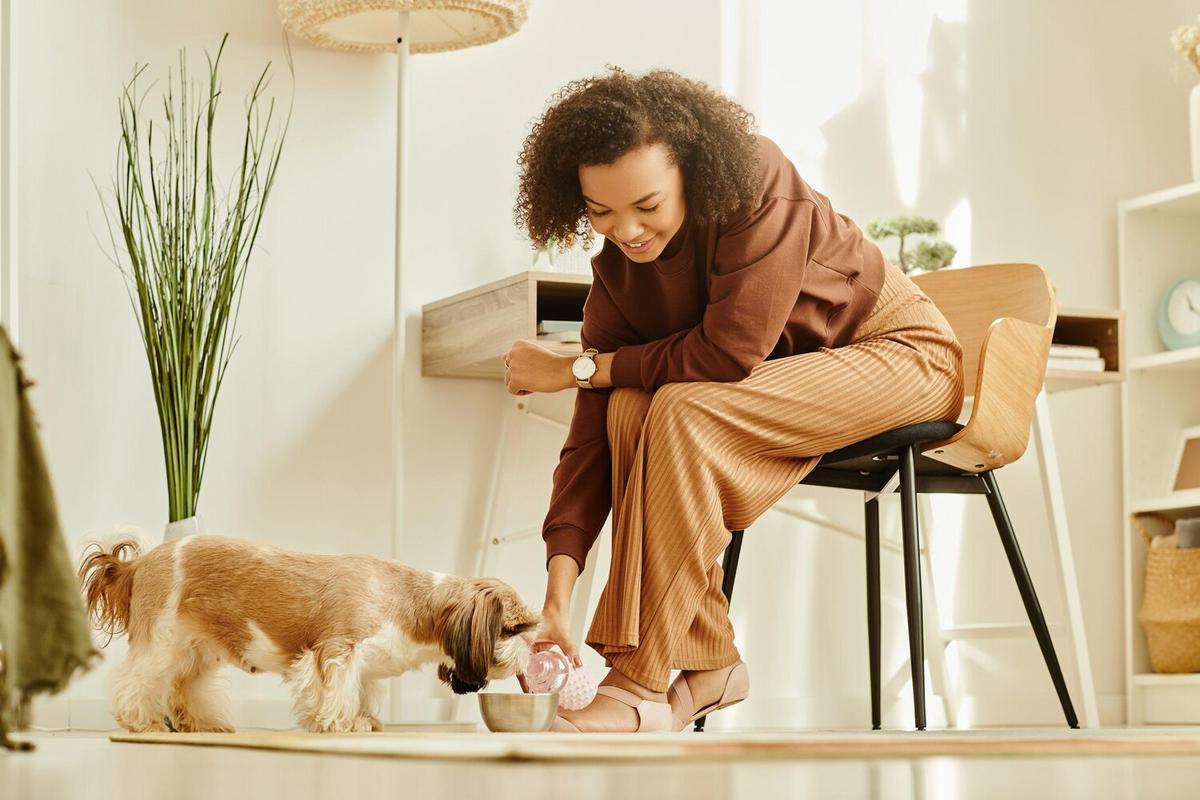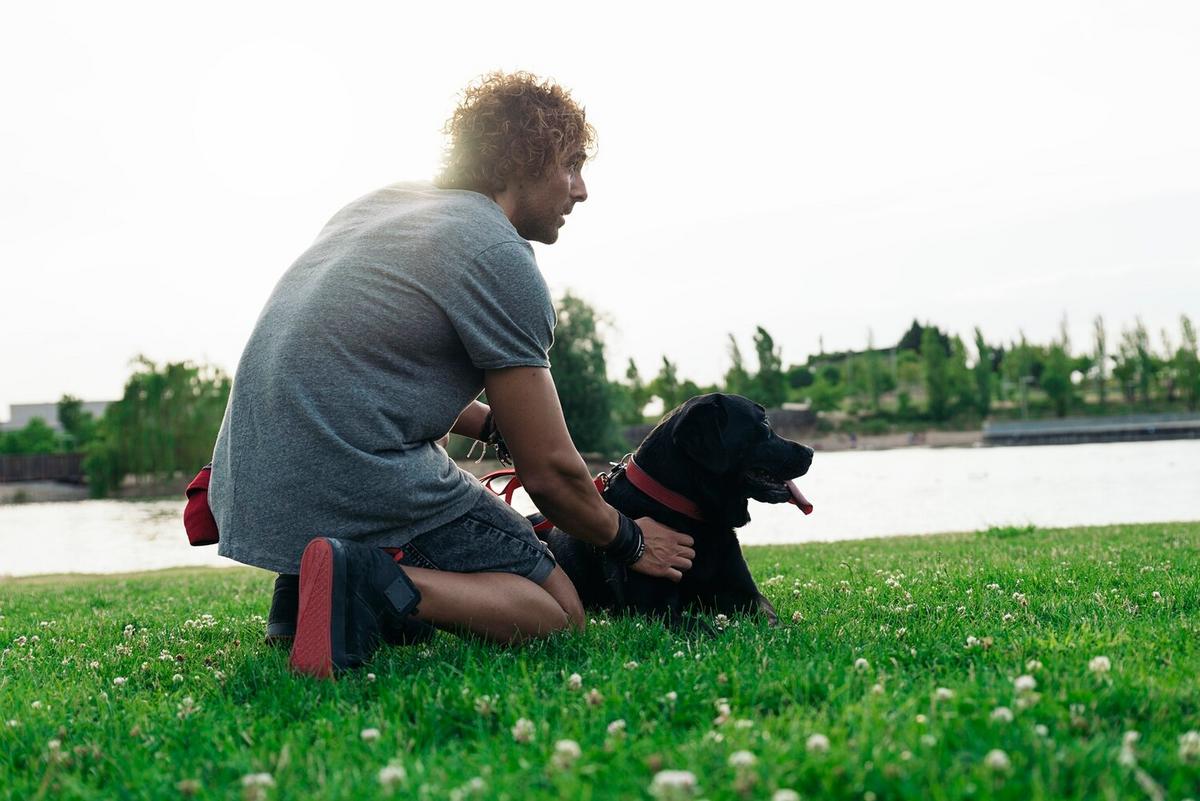Separation anxiety in pets is a common concern that many pet owners face, but with the right understanding and strategies, it can be managed effectively. This blog post delves into the causes, symptoms, and solutions for separation anxiety in pets, providing both expert insights and practical advice.
Understanding Separation Anxiety in Pets
Separation anxiety in pets manifests as distress or behavioral issues when they are left alone. This condition is more prevalent in dogs, but cats and other animals can experience it too. According to a survey by the ASPCA, nearly 20% of dogs experience some form of separation anxiety.
Causes of Separation Anxiety
Several factors can contribute to separation anxiety in pets. Changes in routine, moving to a new home, or the absence of a family member can trigger anxiety. Dr. Karen Overall, a renowned veterinary behaviorist, suggests that early experiences and genetics may also play a role.
Recognizing the Signs
Common signs of separation anxiety include excessive barking, destructive behavior, and house soiling. Some pets may show signs of distress as soon as their owner prepares to leave. These behaviors are not merely acts of disobedience but indicators of anxiety.
Actionable Tips to Manage Separation Anxiety
- Gradual Desensitization: Start by leaving your pet alone for short periods and gradually increase the duration.
- Provide Enrichment: Interactive toys and puzzles can keep your pet engaged and reduce anxiety when left alone.
- Exercise: A tired pet is less likely to feel anxious. Ensure they get plenty of physical and mental stimulation.
- Comfortable Space: Create a safe and comfortable environment for your pet with their favorite toys and bedding.
Real-Life Example
Consider the story of Max, a Labrador Retriever who experienced severe separation anxiety after his family moved to a new city. Through consistent training and gradual exposure, Max’s anxiety levels reduced significantly, and he became more comfortable being alone.
Additional Resources
For more tips on managing pet anxiety, visit the Humane Society’s website or check out ASPCA’s resources on pet behavior.
Frequently Asked Questions
FAQ
How long does it take to treat separation anxiety?
The time varies depending on the pet and the severity of the anxiety. Consistent training can lead to improvement in a few weeks to several months.
Can medication help with separation anxiety?
In some cases, medication prescribed by a veterinarian can be part of the solution, especially for severe anxiety.
Are there specific breeds more prone to separation anxiety?
While any dog can experience separation anxiety, breeds with high social needs, such as Labrador Retrievers and German Shepherds, are often more susceptible.
Conclusion
Addressing separation anxiety in pets requires patience, understanding, and consistent effort. By implementing the strategies discussed above, pet owners can help their furry friends feel more secure and comfortable when alone. Remember, every pet is unique, and what works for one may not work for another, so be sure to tailor your approach to your pet’s specific needs.




Leave a Reply